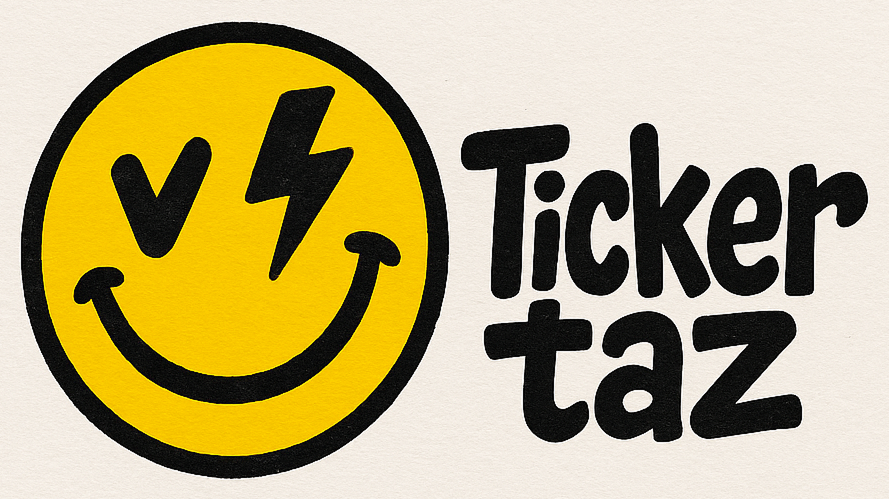Blog
The Enduring Echoes: How Past Fashion Continues to Shape Today’s Style

Fashion is a captivating dance between evolution and cyclical resurgence. While we often perceive trends as fleeting, disappearing as quickly as they arrive, a closer look reveals that the past is never truly gone. Instead, it lingers, a constant source of inspiration, reinterpretation, and influence on the contemporary styles we see gracing runways, high streets, and social media feeds today. Understanding this intrinsic connection to history isn’t just an academic exercise; it’s a key to appreciating the depth and richness of modern fashion and developing a more informed personal style.
Think of the roaring twenties, a decade synonymous with liberation and flapper dresses. The drop-waist silhouette, once a revolutionary departure from corseted Victorian styles, has seen numerous revivals. From the bohemian chic of the 1970s to the relaxed, oversized trends of the late 2010s, the essence of that freedom-loving, less restrictive form reappears, albeit with contemporary twists. Today, you might see a modern interpretation in a flowy, loose-fitting midi dress, carrying the same spirit of effortless elegance without being a direct replica. The intricate beadwork and fringe that defined flapper fashion also continue to inspire embellishments, adding a touch of vintage glamour to evening wear and accessories.
Moving into the mid-20th century, the post-war era of the 1950s brought with it the rise of Christian Dior’s “New Look” – characterized by cinched waists, full skirts, and a return to overt femininity. While we don’t necessarily walk around in full petticoats today, the underlying principles of tailored silhouettes, emphasis on the waist, and structured elegance are continually reinterpreted. The popularity of A-line skirts, tailored blazers, and dresses that celebrate the hourglass figure are direct descendants of this era’s aesthetic. Even the concept of “dressing up” for an occasion, a hallmark of the 50s, subtly influences our choices for formal events or professional settings, pushing us towards more polished and put-together ensembles. The enduring appeal of classic denim, which gained widespread popularity as casual wear in the 1950s, is another testament to this era’s lasting impact. From rigid raw denim to distressed washes, its versatility and timelessness make it a staple in virtually every wardrobe.
The rebellious spirit of the 1960s, a decade marked by youth movements and significant social change, also left an indelible mark. Mini skirts, originally popularized by designers like Mary Quant, became a symbol of liberation and continue to be a cornerstone of women’s fashion. Their length might fluctuate with trends, but their foundational place in our wardrobes is undeniable. The psychedelic prints and vibrant color palettes of the 60s also regularly resurface, albeit in more refined or toned-down iterations. Think of the current resurgence of bold, abstract patterns and a willingness to experiment with color blocking – these are echoes of the vibrant experimentation of that transformative decade. The shift towards more comfortable, less structured clothing, including the embrace of knitwear and simpler silhouettes, also finds its roots in the 60s desire for practical yet stylish attire.
The 1970s, a decade of eclectic styles, offers a treasure trove of recurring trends. Bell-bottoms and flared trousers, once the epitome of disco chic, have made countless comebacks, evolving into wider-leg pants and subtle bootcut styles that offer a nod to the past without feeling overly costume-y. The bohemian aesthetic, with its flowing fabrics, peasant blouses, and folk-inspired embroidery, is a perennial favorite, particularly during festival seasons and summer months. Even the rise of athleisure, with its emphasis on comfortable yet stylish activewear, can trace some lineage to the 70s embrace of leisurewear and sportswear for everyday use. The decade’s love for natural fabrics like corduroy and suede also sees regular revivals, adding texture and a vintage feel to contemporary collections.
And then there’s the 1980s, a decade often caricatured for its excesses but undeniably influential. Power dressing, with its broad shoulders and strong silhouettes, has undergone numerous transformations, resurfacing as oversized blazers and structured suiting that convey confidence and authority without the overt shoulder pads. The vibrant colors and bold prints that defined 80s pop culture find their way into modern streetwear, sportswear collaborations, and even high fashion, offering a playful and energetic aesthetic. Even the humble scrunchie, once a quintessential 80s accessory, has experienced a remarkable comeback, proving that even seemingly trivial elements of past fashion can find new life.
The continuous reappearance of these historical elements isn’t merely about nostalgia; it’s about reinterpretation. Designers and fashion enthusiasts alike draw from the past, distilling its essence and blending it with contemporary sensibilities, materials, and technologies. A vintage silhouette might be rendered in a modern technical fabric, or a historical print might be given a fresh color scheme. This fusion creates something new yet familiar, allowing fashion to evolve while retaining a connection to its rich heritage.
For the modern consumer, understanding this historical dialogue enriches their personal style journey. It encourages a more discerning eye, allowing one to identify the subtle nods to bygone eras and appreciate the enduring power of certain aesthetics. It also fosters creativity, empowering individuals to mix and match elements from different periods, creating truly unique and personalized looks that transcend fleeting trends. So, next time you admire a piece of clothing, take a moment to consider its lineage. Chances are, it’s carrying the echoes of a past era, contributing to the timeless symphony of fashion.
